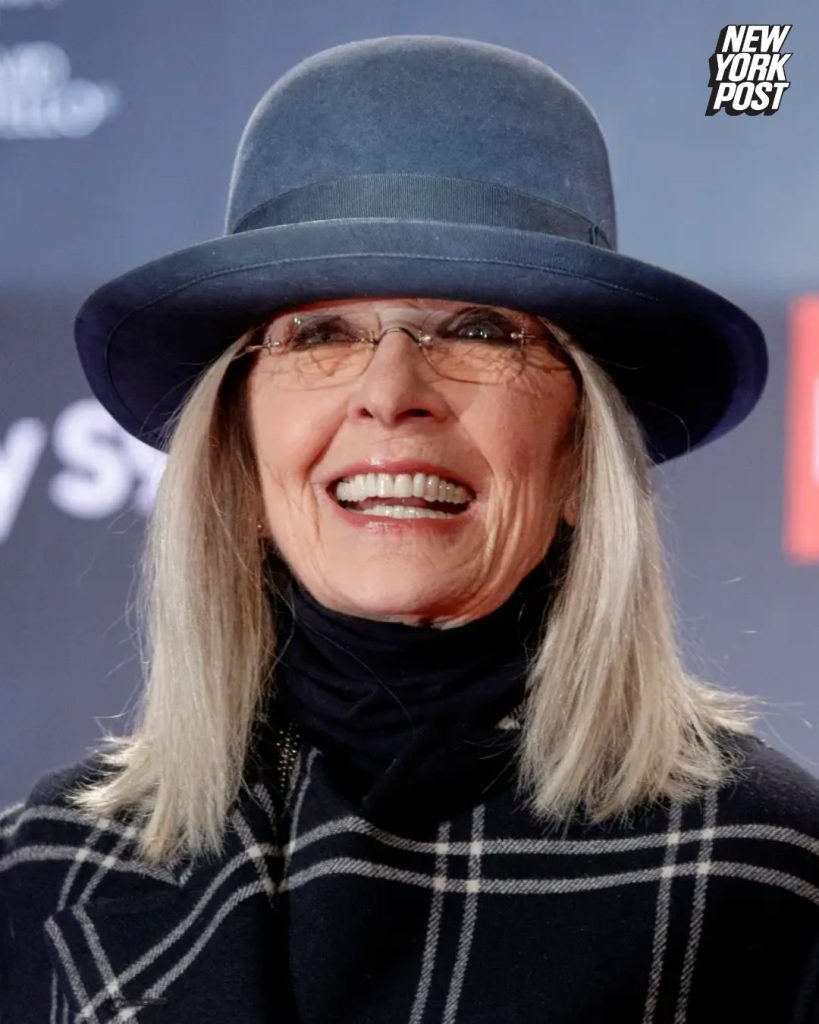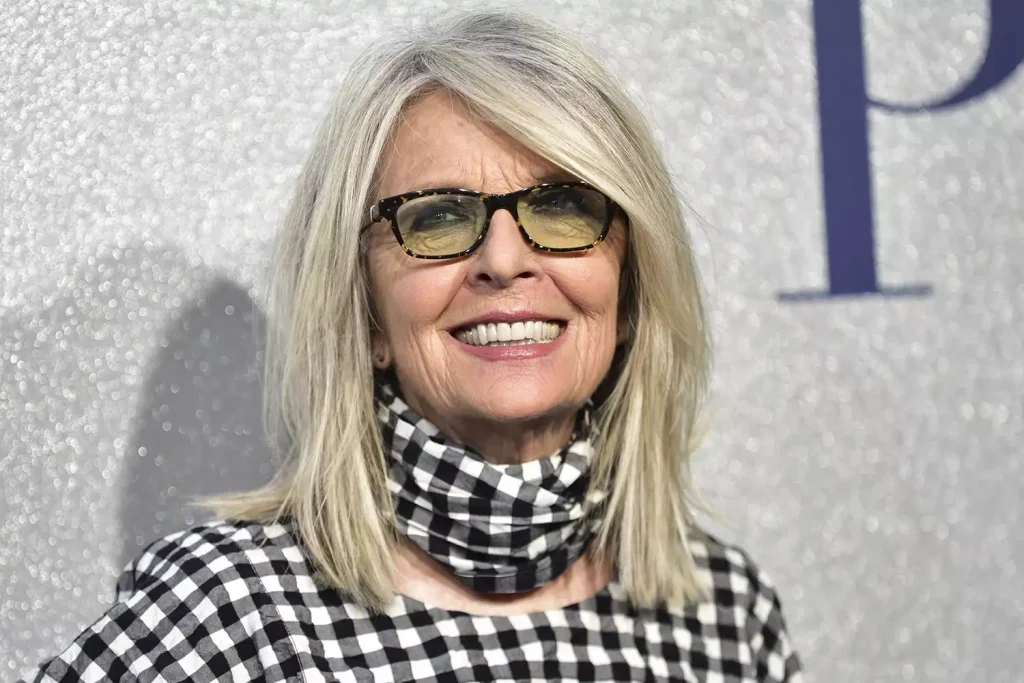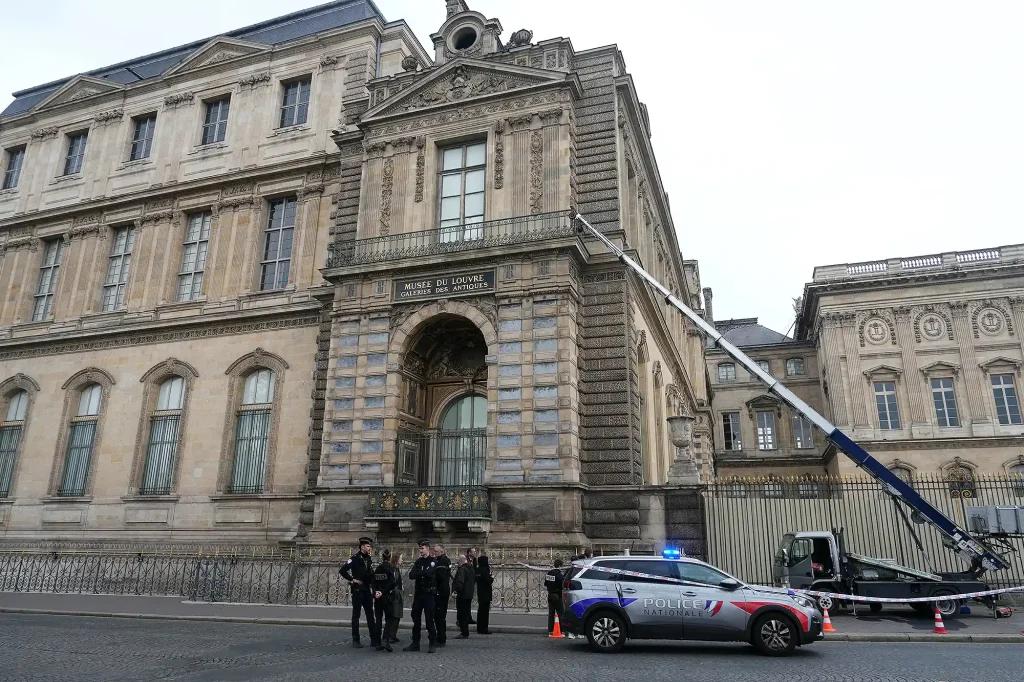Inside Diane Keaton’s Lasting Fortune at 79 — From Oscar-Winning Roles to a Passion for Restoring Historic Homes That Became a Remarkable Nest Egg
Diane Keaton didn’t just leave behind classic films and a closet full of perfect hats. She also left a carefully built fortune that reflected who she was: creative, meticulous, a little unconventional, and completely in love with the bones of an old house. While exact numbers haven’t been publicly confirmed, what’s clear is that Keaton’s wealth came from far more than acting salaries. It was the product of a career that spanned five decades, smart choices behind the camera, bestselling books, and—most personally—a hands-on obsession with architecture and restoration that she turned into a second profession.

Her screen work formed the foundation. From early acclaim in The Godfather to her Best Actress Oscar for Annie Hall, and later hits like Baby Boom, Father of the Bride, The First Wives Club, Something’s Gotta Give, and Book Club, Keaton was consistently bankable for generations of moviegoers. With that came residuals, profit participation on select projects, and the kind of long tail that only a true Hollywood classic can generate. Even when she stepped back from constant releases, her catalog kept working for her: guild residuals, licensing, streaming, and television rotations ensured her work continued to pay.

But Diane Keaton was never just waiting on checks. She produced, directed, and wrote. Her books—on style, on aging, and especially on architecture—brought in both income and opportunity. California Romantica and House showcased her taste in design and introduced a broader audience to the romance of Spanish Colonial Revival, Mission, and early California vernacular styles. Those books weren’t just coffee-table pretty; they quietly advertised Keaton’s other life as a restorer.
That other life is where her fortune grew in a way many fans only learned later. Keaton loved rescuing older properties—Spanish Colonials with tiled roofs and deep arches, 1920s and 1930s gems with courtyards and hand-worked iron, even notable architect-designed homes—bringing them back with sensitive updates and then, sometimes, selling them on. She approached each project like a film: assemble the right team, honor the original story, and mind every detail. Over the years she renovated multiple homes in Los Angeles and beyond, earning a reputation among agents and preservation lovers as a serious steward of history. She didn’t simply “flip”; she restored. The distinction mattered to her, and it showed in the craftsmanship.
Real estate is a quiet, patient way to build wealth, and Keaton had the patience. She invested in character properties, improved them with taste that never bent to trends, and let time and scarcity do the rest. In interviews, she spoke openly about poring over tile samples, door hardware, and limewashed stucco, and about the thrill of seeing a neglected space become warm and useful again. The work fit her personality: private, creative, hands-on, and deeply rooted in California’s visual history.
Add to that her steady brand partnerships over the years, selective endorsements, and speaking engagements, and it’s easy to see how her assets diversified beyond film. Even her wardrobe—those turtlenecks, the wide belts, the menswear tailoring—contributed to a public image that brands wanted to associate with: refined, witty, original. She knew the value of a thoughtful yes, and she protected her name with the same care she gave a 1930s front door.
When people talk about the “fortune” Diane Keaton leaves behind, they’re really describing the outcome of a lifetime spent turning curiosity into work. There are the tangible assets—homes she owned, intellectual property, residual streams, artworks and photography, and the furniture and materials she curated for each house. And there are the intangible assets: the goodwill of a pristine reputation, the continued earnings from films that never seem to leave rotation, and the premium that attaches to anything she touched because she touched it with integrity.
Keaton once joked that her favorite sport was “real estate open houses,” but beneath the humor was the discipline of a serious investor. She looked for authenticity, not flash; she trusted craftsmen; she bought what she loved; and she improved it thoughtfully. That philosophy built not only a body of work but a financial foundation durable enough to outlast trends.
As admirers revisit her films and flip through her design books, it’s impossible not to see how intertwined her money story is with her creative story. Diane Keaton’s lasting wealth wasn’t an accident or the result of a single hit—it was the slow accumulation of choices guided by taste, curiosity, and care. She made a living making beautiful things—on screen and in brick and timber—and she left those things in better shape than she found them. That, more than any dollar figure, is the measure of her legacy.



